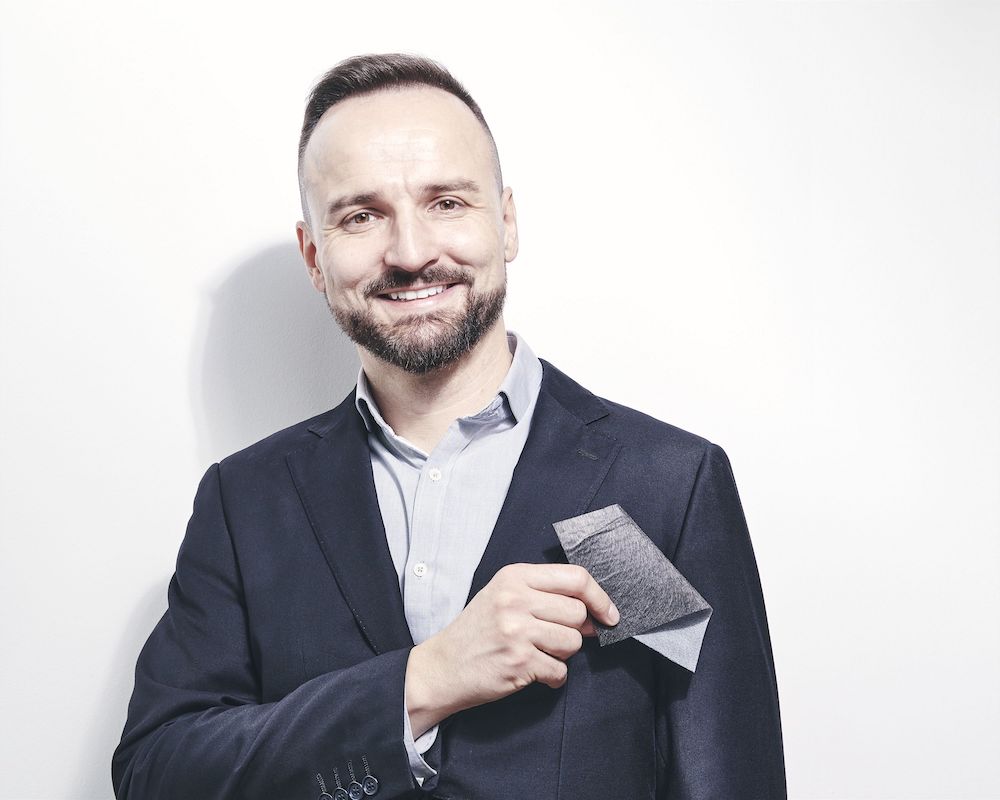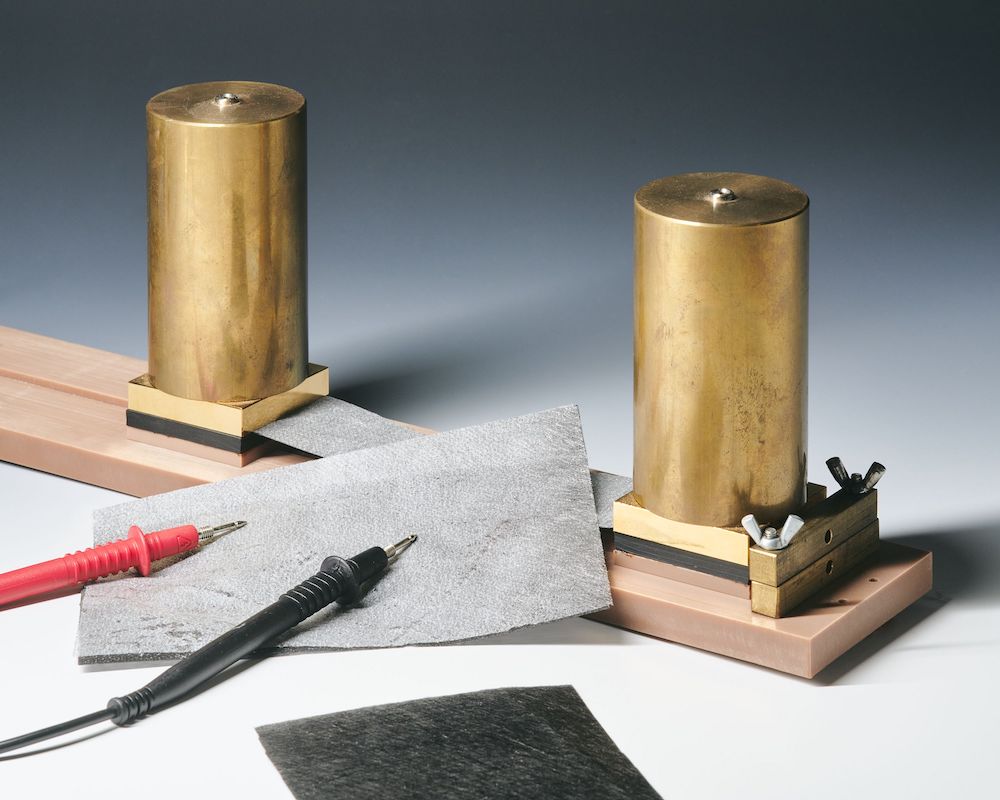Researchers at the Faculty of Electrical Engineering are developing a new concept of air purifier that can sterilize air in buildings, as well as in cars and planes
The new air purifier concept relies on the filter material, which can be sterilized by electric current and reused. An innovative solution, the development of which was worked on last year by the team of doc. Lukáš Vojtěch and Ing. Marek Neruda from the Faculty of Electrical Engineering (FEE), has all the prerequisites to become an effective means of collective protection against viruses such as COVID-19. It can also be used in air conditioning or ventilation systems of buildings or means of passenger and public transport, including cars, ships or planes.
The new solution from researchers from the Department of Telecommunications Engineering is unique in that it does without UV emitters, which form the basis of existing commercial solutions. Although air purifiers with UV filters are effective and proven, they also pose a danger to living organisms in the event of incorrect application and service. The new concept of the air purifier uses the original know-how known for patent protection, which the team of doc. Vojtěch and Ing. Neruda gained during the spring months of last year. In record time, a team at the faculty designed and tested a prototype of a composite material consisting of carbon textiles, nanotextiles and an electrode system. The construction of the material enables the sterilization with a low voltage of 12V to reach a temperature of 100 ° C as needed, which reliably eliminates the COVID-19 virus within 15 minutes.

“In addition to the filter insert designed for individual respiratory protection in the form of electrically sterilizable drapes or half masks, we have also developed a filter concept in parallel, which could be used for collective protection against viruses. The result is the concept of an air purifier, the basis of which is a nanotissue filter placed on a suitable filter substrate, supplemented by an electrically heated structure. By connecting the electrical voltage, an electric current begins to flow through the material and the material is heated to the required sterilization temperature thanks to a suitably designed value of electrical conductivity,” explains doc. Lukáš Vojtěch from the Department of Telecommunication Engineering, Faculty of Electrical Engineering, Czech Technical University.
“The potential of this innovative air purifier is higher than that of individual protection products. There is more interest in industrial applications, and this is the direction we are currently focusing on in our research,” adds doc. Lukáš Vojtěch, who together with Ing. Marek Neruda and other colleagues in the team have long been engaged in research and development of electrically conductive textile materials. According to the available information, it is not known that a similar concept was being developed in any of the world's workplaces. The purifier thus hopes to become an alternative technology to the existing dominant equipment based on UV radiation.
An important task for researchers is to reduce the pressure loss of the filter, that is to reduce the filter resistance to the passing air flow to a level that will allow its use in air conditioners for industrial and domestic applications. Interesting market segments include, among others, elevators, individual or public transport, including shipping and air transport. Another important segment for the application of air purifiers is powerful ventilation systems in medical facilities, cinemas, shopping malls or social gathering halls, in short all indoor spaces which pose a threat in terms of spreading viruses.
The concept of a high-performance filter is registered for patent protection and at the same time, in cooperation with an industrial partner, it undergoes testing in an independent foreign laboratory to confirm its application in a selected industrial segment. The research is part of the activities of the CTU ProoFOND project, supported by TAČR within the program of the 1st public competition of the GAMA2 Program, subprogram 1.
